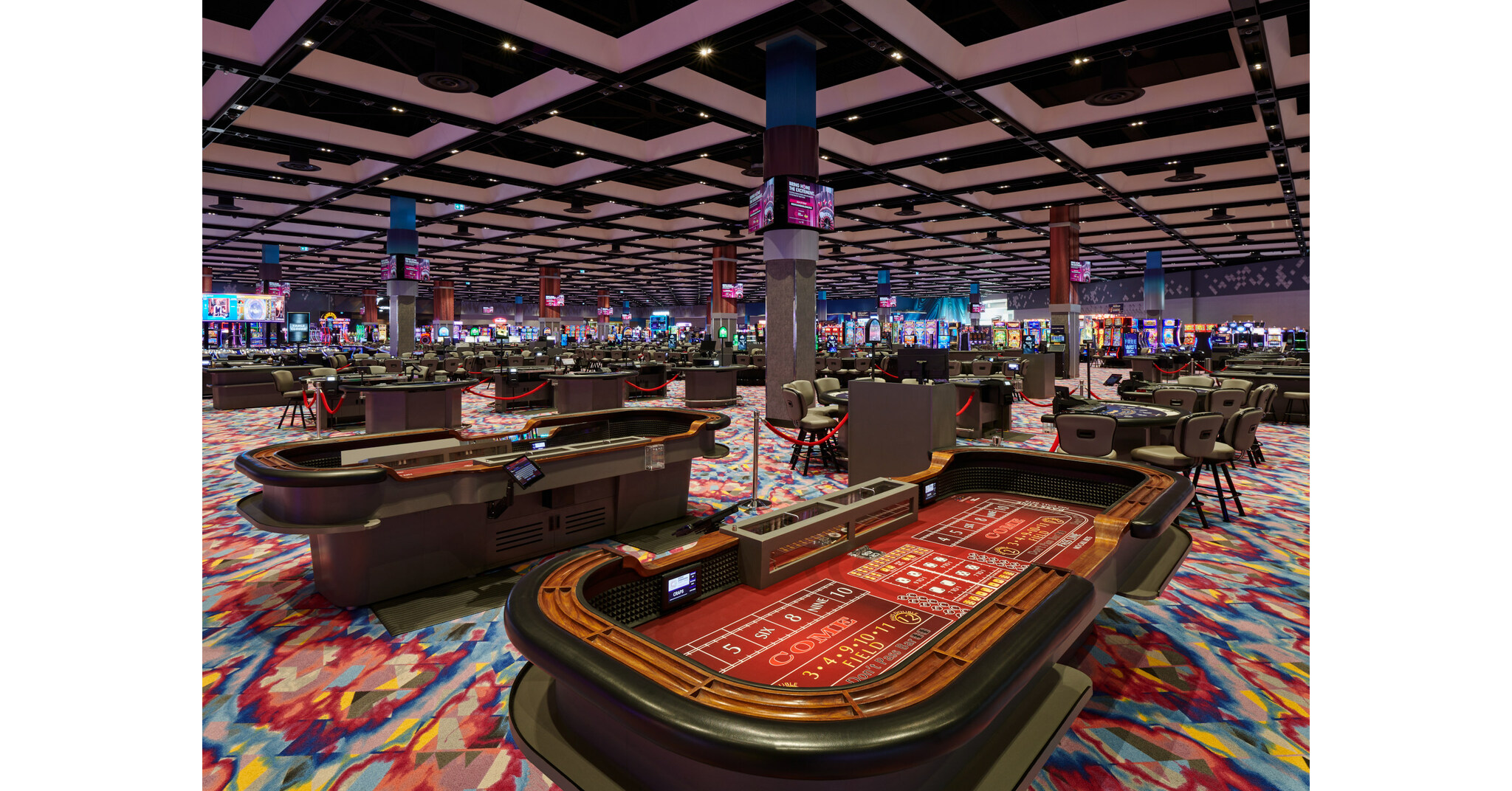In what way Gaming Establishments Utilize Shade and Layout to Draw Players

In the vibrant and stimulating world of gaming establishments, wherein luck and strategy intertwine, hues and aesthetic play a critical role in attracting players. From the moment visitors step into a casino or log into a gaming website, they are immersed in a sightly feast that captures their attention and entices them to explore further. Vivid colors, engaging graphics, and creative layouts are carefully crafted to create an environment of excitement and anticipation, ultimately enhancing the gaming experience.
As players move through the dynamic landscape of casino games, they encounter a variety of designs that not only serve visual purposes but also influence emotions and choices. Colors like scarlet and gold symbolize riches and fortune, while soothing blues and greens can create a more relaxed environment. Grasping how these elements function together enables casinos to create an inviting and stimulating atmosphere that encourages players to interact with the games, invest more time at the tables, and increase their general enjoyment.
The Science of Hue in Casino Games
Color plays a key role in the design of casino games, affecting players’ feelings and responses. Lively and bold shades, such as scarlet and amber, are often used to incite thrill and draw attention. These shades create a sense of urgency and vitality, encouraging gamblers to engage more eagerly with the game. By strategically selecting hues, creators aim to elicit emotions of satisfaction and expectation, which can enhance the total game experience.
Various shades also have psychological connotations that can impact how gamblers perceive their odds of victory. For example, emerald is often associated with fortune and wealth, making it a well-liked choice in games like the roulette wheel and poker tables. This association can cause participants to feel more hopeful and assured in their gameplay, ultimately motivating them to bet more. Understanding these connections allows game developers to craft environments that enhance player enjoyment and engagement.
Moreover, the design of gaming interfaces often uses gradients and differing hues to direct players’ responses. For instance, winning outcomes may be emphasized with striking, contrasting hues, creating a visual cue. This approach strengthens positive outcomes and promotes repeated gameplay. By leveraging color psychology, casinos can create games that not only draw gamblers but also keep them interested and dedicated in their gaming experience.
Creative Features that Engage Gamers
The visual appeal of gambling games is primarily influenced by the use of bold colors. Lively and contrasting colors are deliberately chosen to create an appealing atmosphere that captures attention. For example, reds and golden hues often signify luck and wealth, which is why they are common in the palettes of gaming machines and game surfaces. These colors not only attract players in, but they also evoke emotions related to excitement and expectation, enhancing the total gaming experience. Vip 79
In parallel to color, the design and organization of gambling games play a significant role in captivating players. Vip79 Games are designed to be user-friendly, ensuring that players can easily understand the rules and gameplay. Accessible interfaces, along with captivating graphics and animations, help maintain player interest and encourage extended play sessions. The physical elements, such as the feel of the controls and the sounds of the games, also add to a comprehensive sensory experience that keeps players immersed.
In conclusion, conceptual elements in gaming design can significantly influence player choice. Many gambling games are inspired by popular culture, fairy tales, or adventure themes, incorporating symbols and characters that resonate with players. These themes create a sense of immersion and relatability, making each game feel distinct. When players feel a bond to the concept, they are more likely to choose that game over others, leading to increased participation and enthusiasm within the gambling environment.
Case Studies: Notable Casino Game Designs
One prime example of impressive gambling game design is the popular slot machine series based around popular movies. Games such as those based on the The Wizard of Oz and Game of thrones utilize vibrant colors and superior graphics to enthrall players in well-known narratives. The employment of lively visuals and captivating sound effects grabs the interest of players, building an psychological connection to the theme. This approach not only promotes longer play but also enhances the overall gaming experience, yielding increased player retention.
Another successful case is the use of color in table games like blackjack and the wheel. Casinos often create these games with rich reds and greens, colors traditionally associated with luck and wealth. For instance, the emerald felt on a 21 table provides a relaxing effect, while the crimson accents in the wheel invite anticipation. This deliberate use of color helps to create an inviting atmosphere that motivates players to engage, addressing their psychological impulses and enhancing their enjoyment.
Finally, online casino games that include social features and bright, lively designs have experienced remarkable success in engaging players. Games like Zynga Poker and Slotomania leverage striking colors and playful animations to create an inviting online environment. The inclusion of leaderboards, social sharing options, and in-app rewards promotes competition and community, pulling players in for longer sessions. Such designs not only make the games visually enticing but also emphasize social interaction, a key factor in player retention and engagement within digital casino environments.
